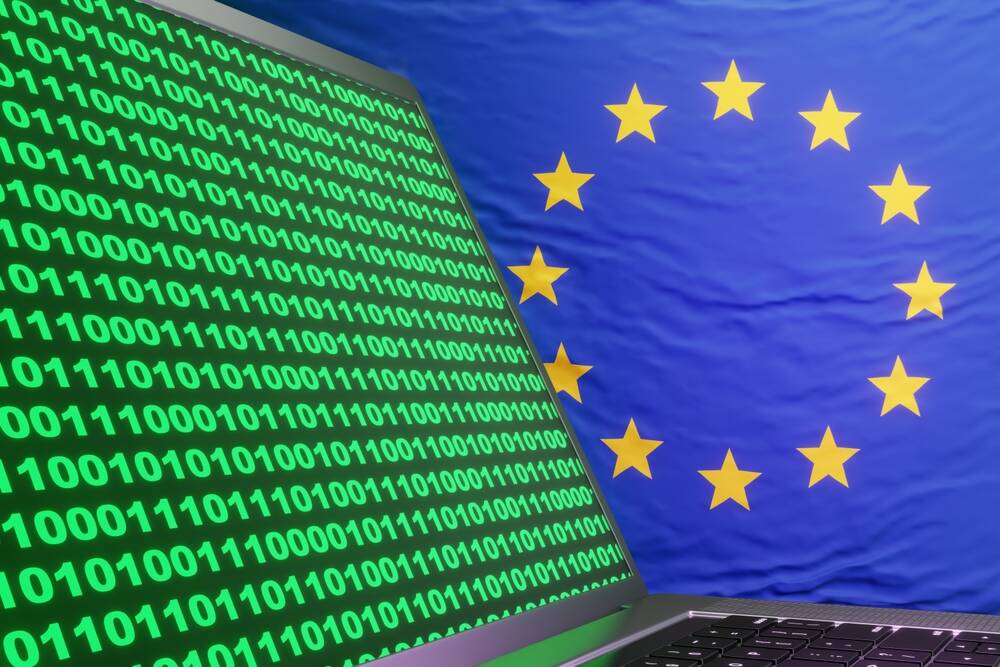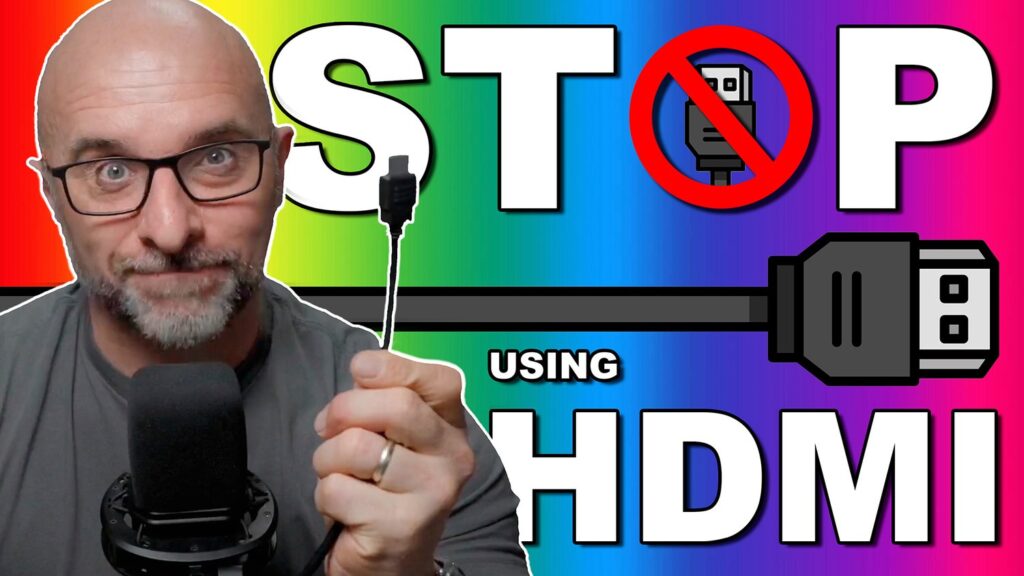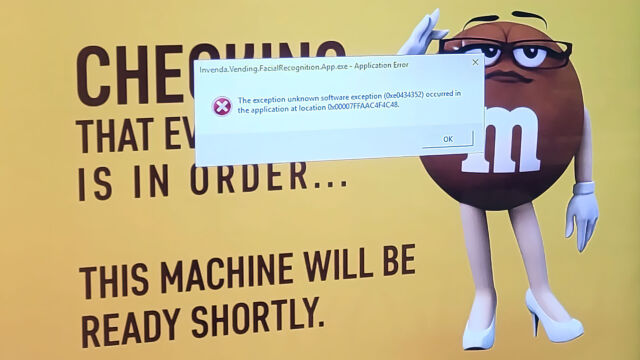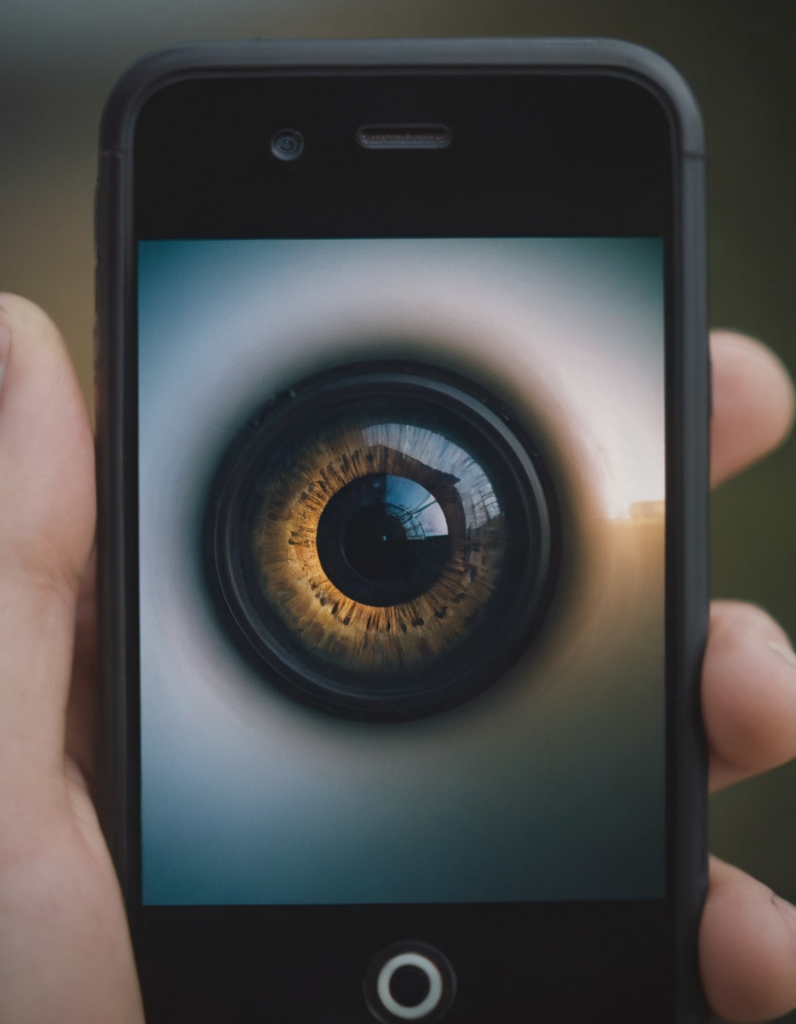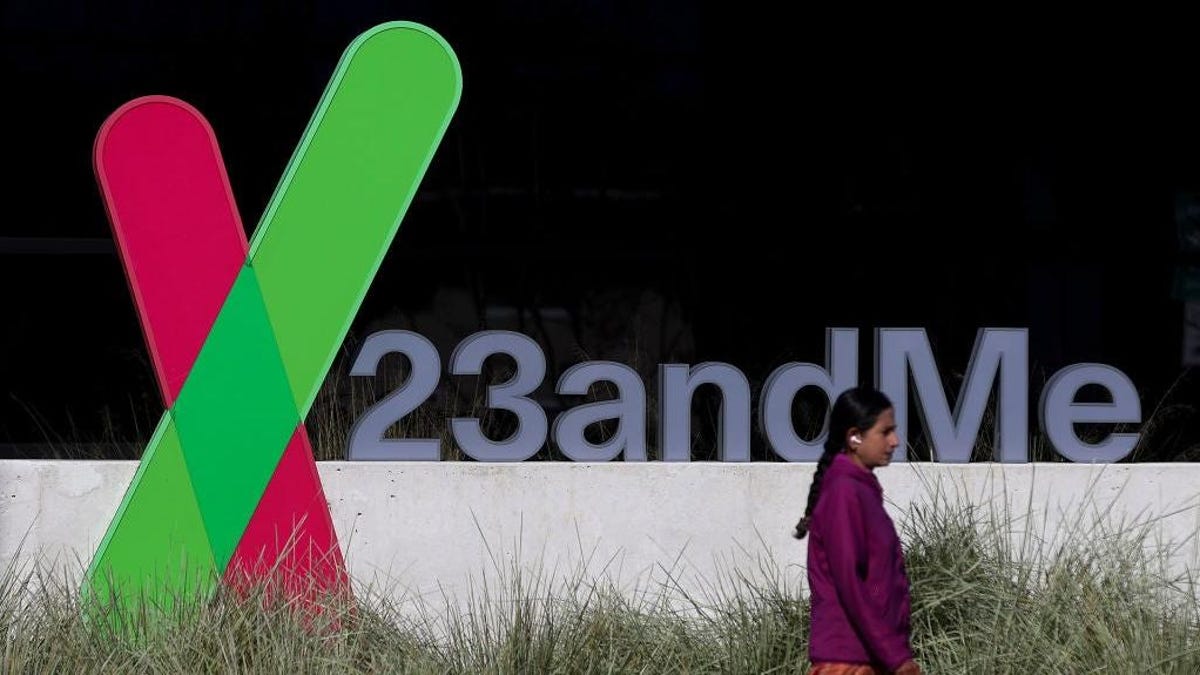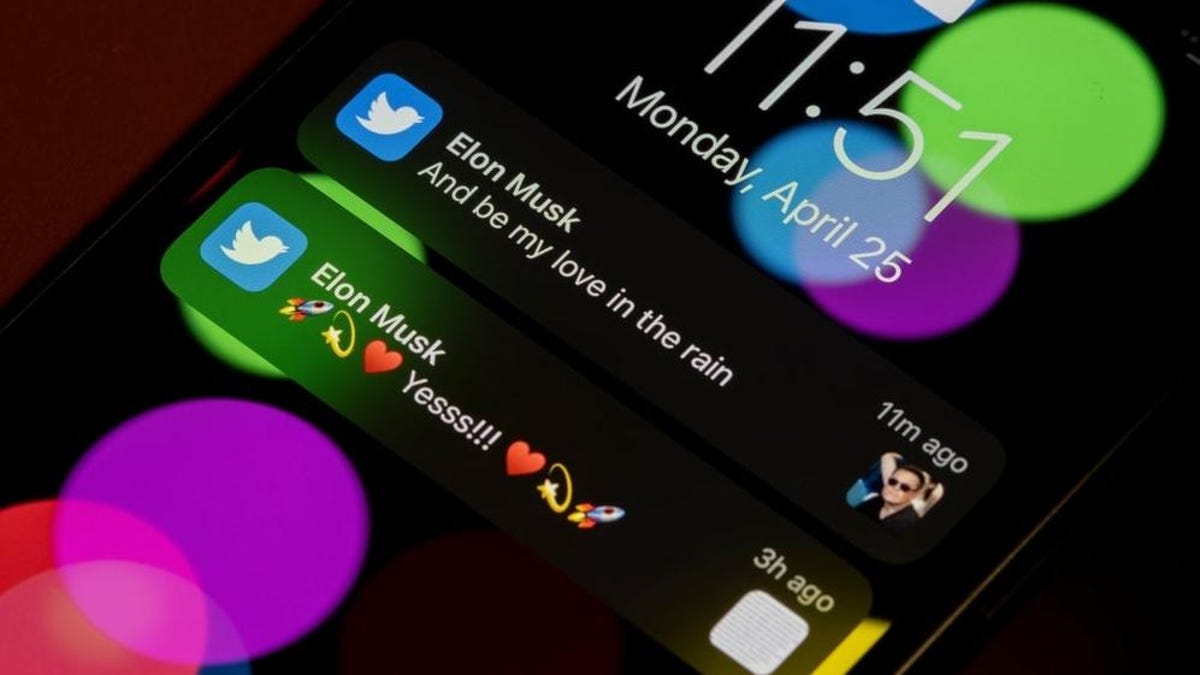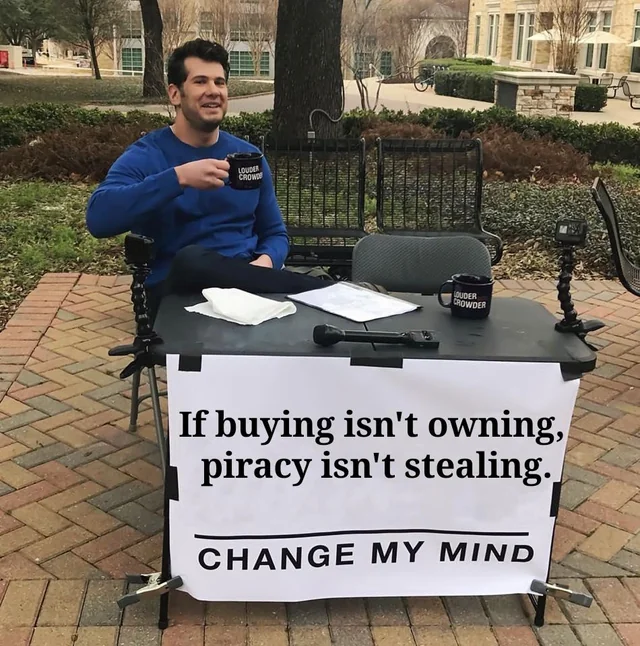
Kenn Dahl says he has always been a careful driver. The owner of a software company near Seattle, he drives a leased Chevrolet Bolt. He’s never been responsible for an accident. So Mr. Dahl, 65, was surprised in 2022 when the cost of his car insurance jumped by 21 percent. Quotes from other insurance companies were also high. One insurance agent told him his LexisNexis report was a factor. LexisNexis is a New York-based global data broker with a “Risk Solutions” division that caters to the auto insurance industry and has traditionally kept tabs on car accidents and tickets. Upon Mr. Dahl’s request, LexisNexis sent him a 258-page “consumer disclosure report,” which it must provide per the Fair Credit Reporting Act. What it contained stunned him: more than 130 pages detailing each time he or his wife had driven the Bolt over the previous six months. It included the dates of 640 trips, their start and end times, the distance driven and an accounting of any speeding, hard braking or sharp accelerations. The only thing it didn’t have is where they had driven the car. On a Thursday morning in June for example, the car had been driven 7.33 miles in 18 minutes; there had been two rapid accelerations and two incidents of hard braking.
According to the report, the trip details had been provided by General Motors — the manufacturer of the Chevy Bolt. LexisNexis analyzed that driving data to create a risk score “for insurers to use as one factor of many to create more personalized insurance coverage,” according to a LexisNexis spokesman, Dean Carney. Eight insurance companies had requested information about Mr. Dahl from LexisNexis over the previous month. “It felt like a betrayal,” Mr. Dahl said. “They’re taking information that I didn’t realize was going to be shared and screwing with our insurance.” In recent years, insurance companies have offered incentives to people who install dongles in their cars or download smartphone apps that monitor their driving, including how much they drive, how fast they take corners, how hard they hit the brakes and whether they speed. But “drivers are historically reluctant to participate in these programs,” as Ford Motor put it in apatent application (PDF) that describes what is happening instead: Car companies are collecting information directly from internet-connected vehicles for use by the insurance industry.
Sometimes this is happening with a driver’s awareness and consent. Car companies have established relationships with insurance companies, so that if drivers want to sign up for what’s called usage-based insurance — where rates are set based on monitoring of their driving habits — it’s easy to collect that data wirelessly from their cars. But in other instances, something much sneakier has happened. Modern cars are internet-enabled, allowing access to services like navigation, roadside assistance and car apps that drivers can connect to their vehicles to locate them or unlock them remotely. In recent years, automakers, including G.M., Honda, Kia and Hyundai, have started offering optional features in their connected-car apps that rate people’s driving. Some drivers may not realize that, if they turn on these features, the car companies then give information about how they drive to data brokers like LexisNexis. Automakers and data brokers that have partnered to collect detailed driving data from millions of Americans say they have drivers’ permission to do so. But the existence of these partnerships is nearly invisible to drivers, whose consent is obtained in fine print and murky privacy policies that few read. Especially troubling is that some drivers with vehicles made by G.M. say they were tracked even when they did not turn on the feature — called OnStar Smart Driver — and that their insurance rates went up as a result.

